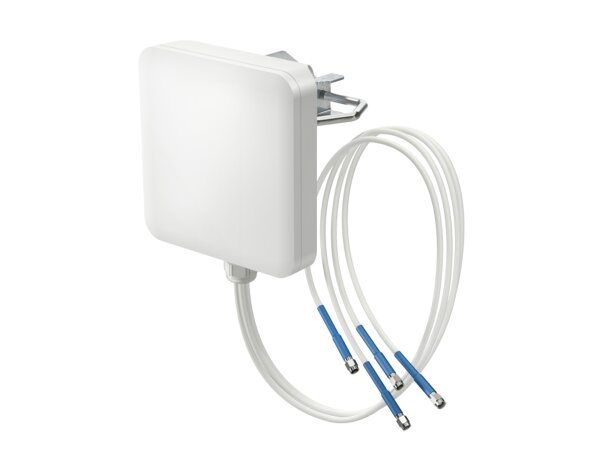Pimp your WiFi signal! If your router's signal doesn't reach the last corner, an external WiFi antenna is often the best solution. Here you'll find everything your heart desires: from small omni-directional antennas for direct mounting on the router to powerful directional antennas for long distances. Improve the coverage and stability of your network for your home or business.
In principle, there are three different types of WiFi antennas: directional, omni-directional, and sector antennas. The main difference lies in the beamwidth at which the signal is radiated. In addition, there are two license-free frequency bands: The 2.4 GHz band offers a long range but has very few channels. The 5 GHz band has a shorter range but offers many more channels and higher data rates.
